Learn the Basics of a 3 Phase Rectifier
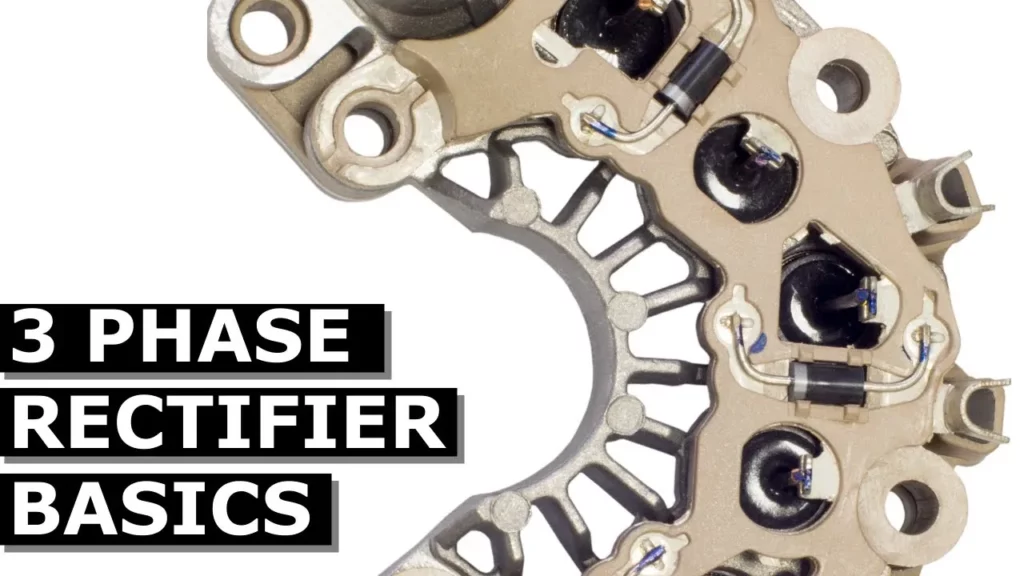
This lesson provides an overview of the 3-phase rectifier, a key component of a Variable Frequency Drive (VFD) that converts alternating current (AC) into direct current (DC) using six diodes. It explains the flow of current through the rectifier, the role of capacitors in smoothing the DC signal, and the subsequent conversion of DC back to AC using an inverter and Pulse Width Modulation (PWM) for precise motor control. Ultimately, the integration of these components allows for enhanced efficiency and energy savings in motor applications.
AC Electrical Generator Basics – How electricity is generated
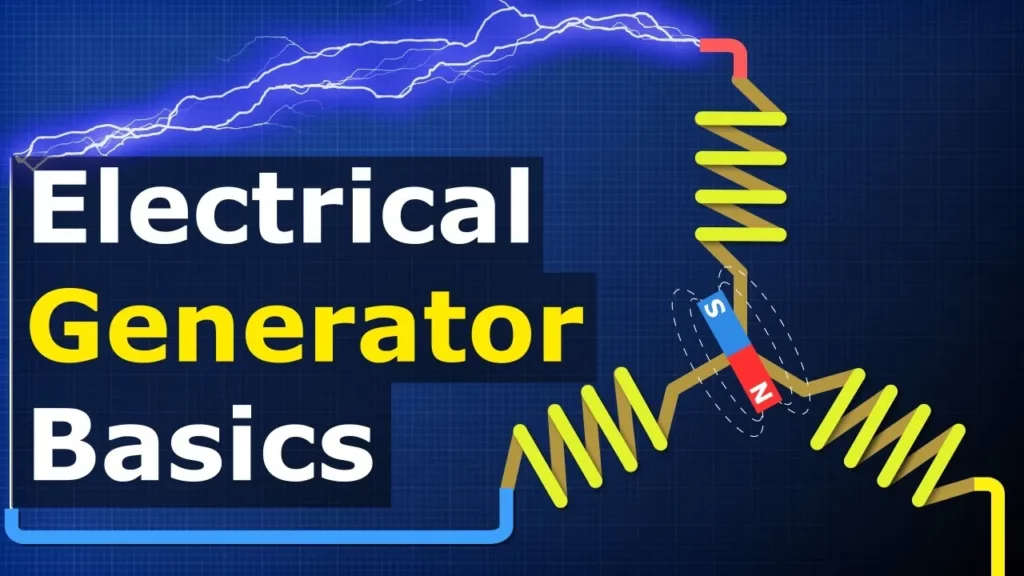
The lesson on AC electrical generators explains the fundamental principles of electricity generation, focusing on the movement of electrons through a wire and the creation of electromagnetic fields. It details how moving magnets near coils of wire can generate alternating current (AC), and illustrates the efficiency of rotating magnets in generating electricity. Additionally, the lesson introduces the concept of three-phase power, which enhances the continuity and efficiency of electrical supply by utilizing multiple coils positioned at specific angles.
How do centrifugal pumps work?
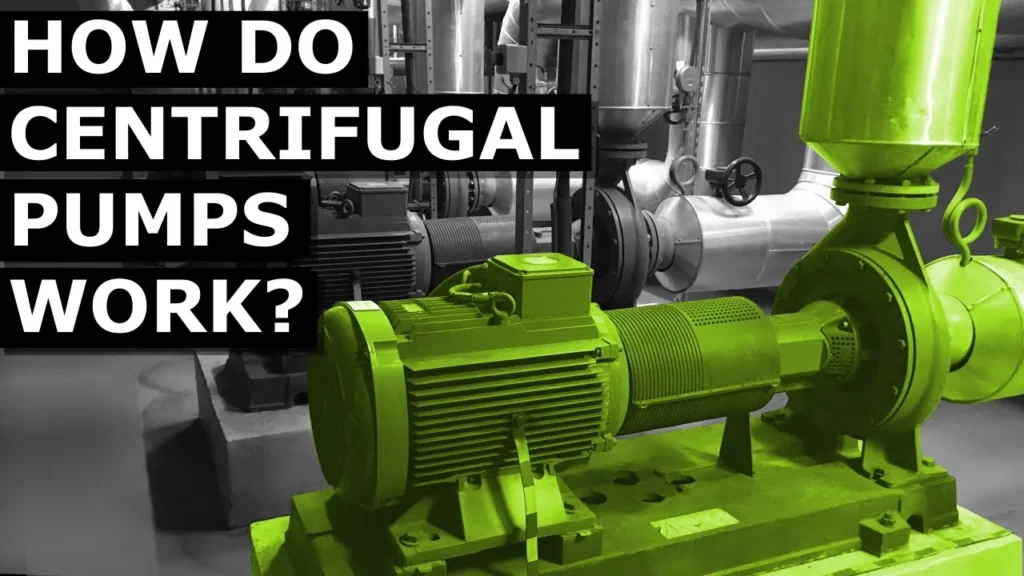
This lesson provides an overview of centrifugal pumps, highlighting their key components, including the motor and impeller, and explaining how they work together to move liquids. The motor converts electrical energy into mechanical energy, which drives the impeller to create centrifugal force, facilitating fluid movement through the pump. Additionally, the lesson discusses factors affecting pump performance, such as impeller design and rotational speed, and emphasizes the importance of cooling and sealing mechanisms in maintaining efficiency and preventing leaks.
WHAT IS A TRANSISTOR?
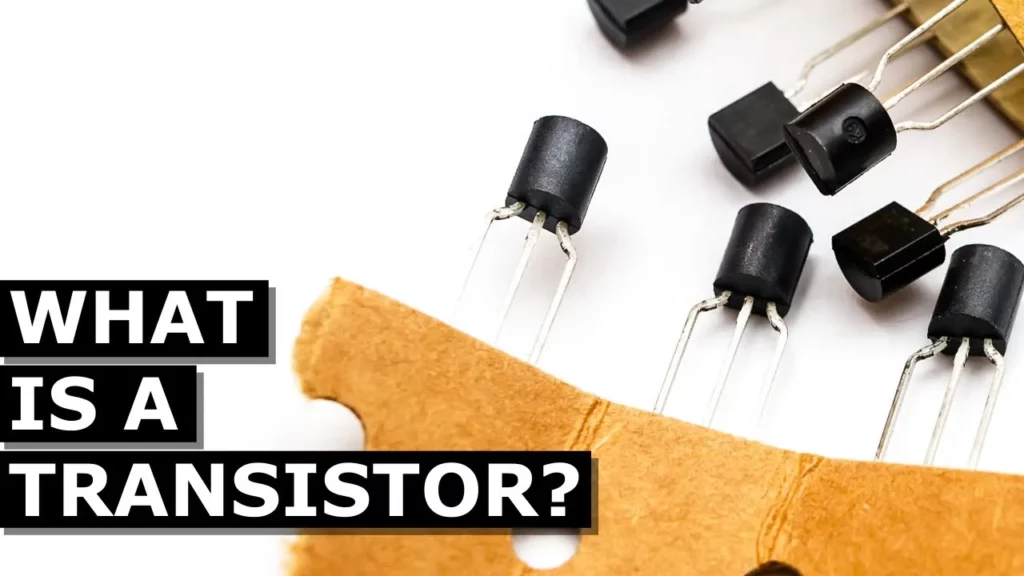
Transistors are essential electronic components that function primarily as switches and amplifiers in circuits, with bipolar transistors being a common type. They require careful heat management, especially high-power variants that often use heatsinks to prevent overheating. Understanding their specifications, pin configurations, and current gain is crucial for effective use in electronic applications, allowing for automation and amplification of signals.
How to Use SMD LEDs in Your Electronics Projects
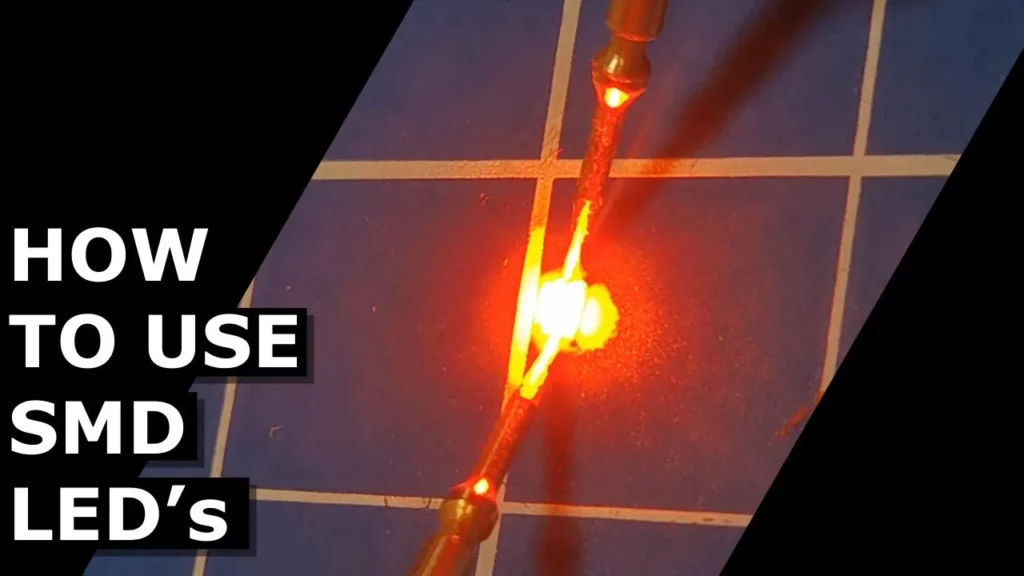
This lesson provides an overview of using Surface-Mount Device (SMD) LEDs in electronics projects, emphasizing the importance of handling, identifying polarity, and selecting appropriate components. It covers the process of calculating the necessary resistor value to ensure the LED operates correctly without damage, as well as the significance of understanding resistor power ratings. Overall, mastering these skills enhances one’s capabilities in electronics engineering and encourages further exploration of the subject.
Stepper Motor – What's inside?
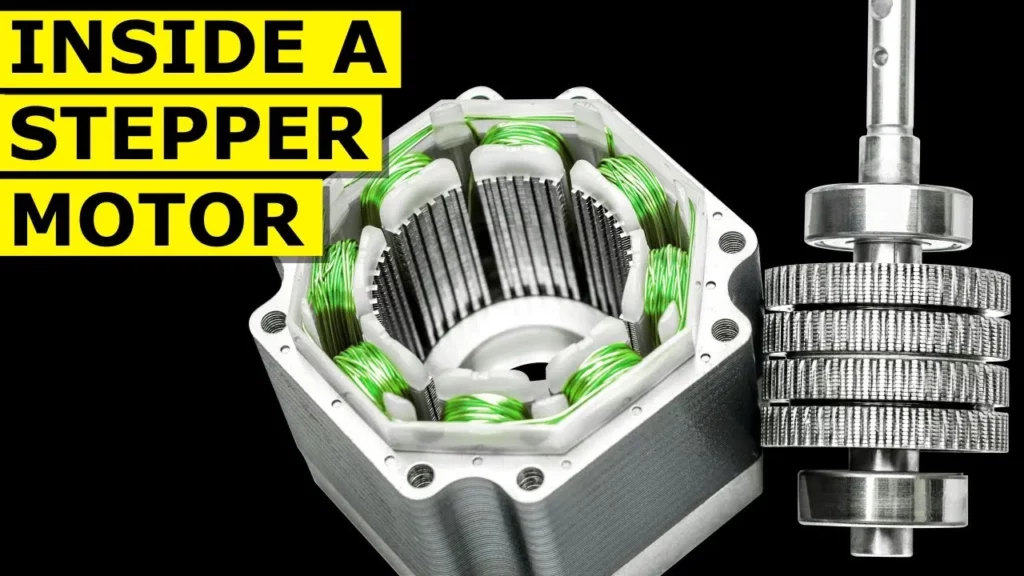
This lesson explores the structure and functioning of hybrid stepper motors, which are widely used in applications like 3D printing and robotics. It details the components, including the rotor and stator, and explains how their interaction through electromagnetic fields enables precise movement, with the rotor stepping in increments of 1.8 degrees as coils are energized. The intricate design of these motors ensures high precision and torque, making them essential in various engineering fields.
NPN & PNP Transistors explained – electronics engineering
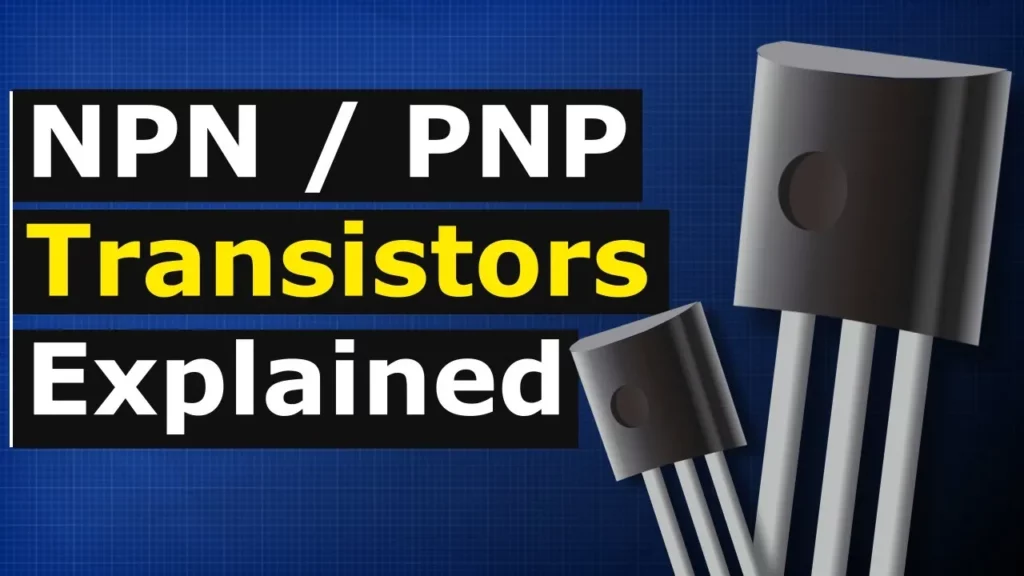
This lesson provides an overview of bipolar transistors, specifically NPN and PNP types, highlighting their structure, function, and operational principles. It explains the significance of transistor pins (emitter, base, collector), the role of doping in creating P-type and N-type materials, and how each transistor type operates within a circuit. Understanding these concepts is crucial for anyone pursuing electronics engineering, as they form the basis for more advanced topics in the field.
Why Cars Need Differential Gears
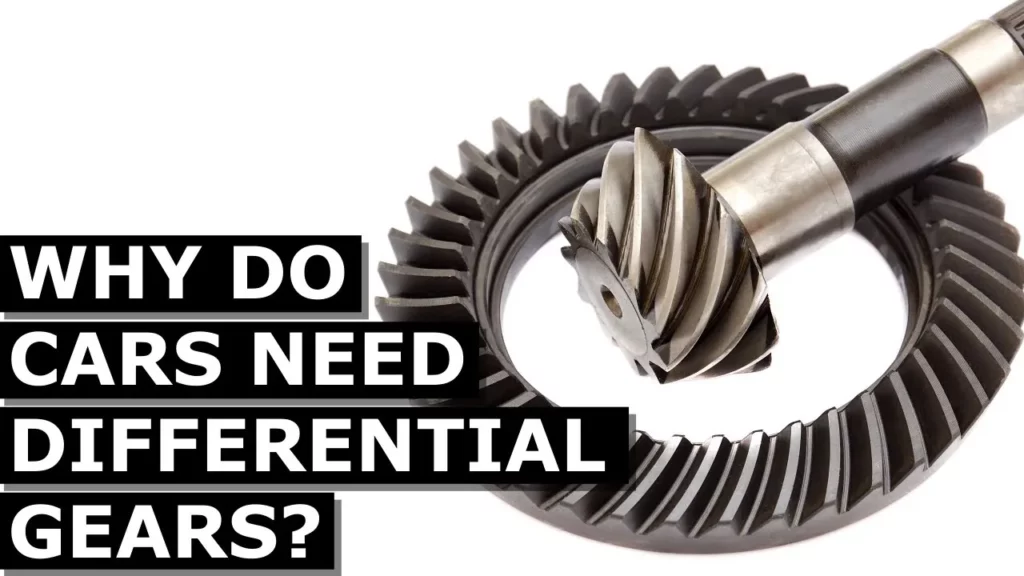
The lesson explains the importance of differential gears in cars, which enable smooth turning by allowing the wheels to rotate at different speeds. This mechanism prevents tire slipping and excessive wear, ensuring better control and safety while driving. Additionally, it introduces different types of differentials, such as open and limited slip differentials, highlighting their roles in maintaining traction under various road conditions.
Heat Recovery VRF System – How it Works
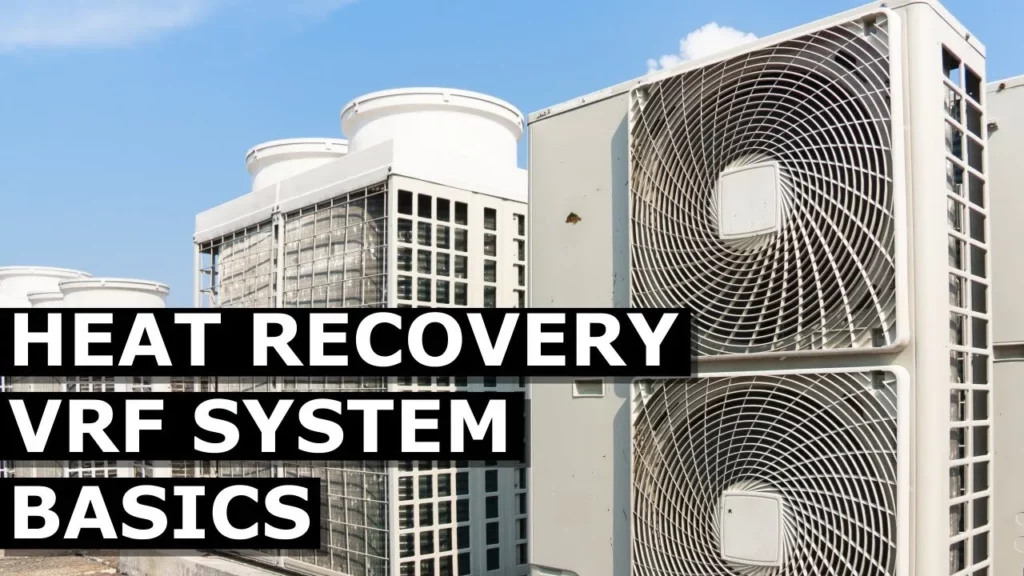
The lesson on the Heat Recovery VRF System explains how commercial buildings utilize a three-pipe system to manage simultaneous heating and cooling through multiple indoor and outdoor units. It details the operation modes—cooling, heating, and mixed mode—highlighting the role of a variable speed compressor and branch controllers in regulating refrigerant flow. Additionally, the lesson addresses how larger systems adapt to varying heating and cooling demands, emphasizing the importance of thermal energy transfer for efficient operation.
How to use a Resistor – Basic electronics engineering
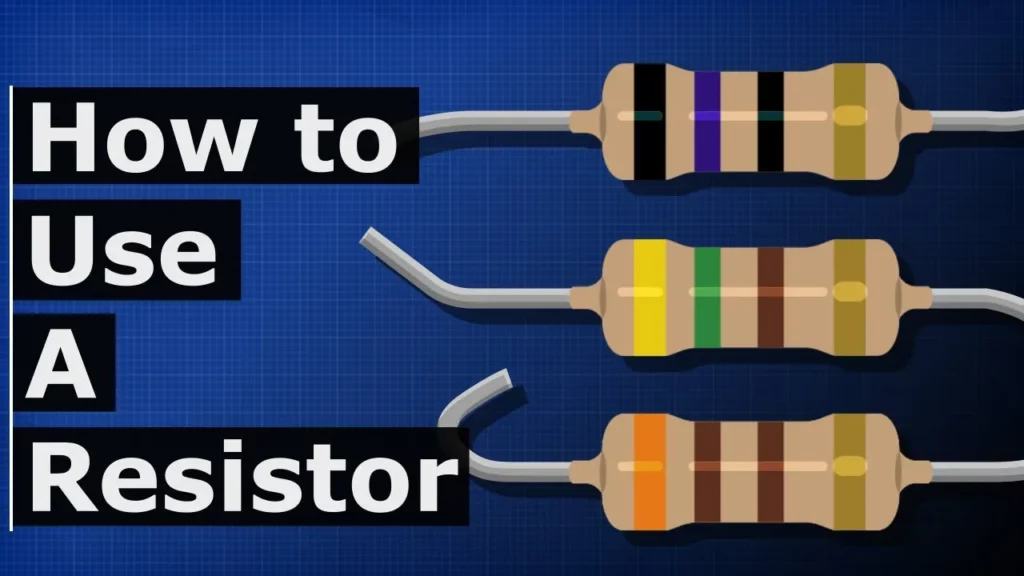
In this lesson on using resistors in basic electronics engineering, you learn how to achieve desired resistance values by combining resistors in series or parallel. Series connections increase total resistance by adding individual resistor values, while parallel connections decrease resistance according to a specific formula. Additionally, the lesson covers how to read resistor color codes for determining resistance values and the benefits of using five-band resistors for greater precision.